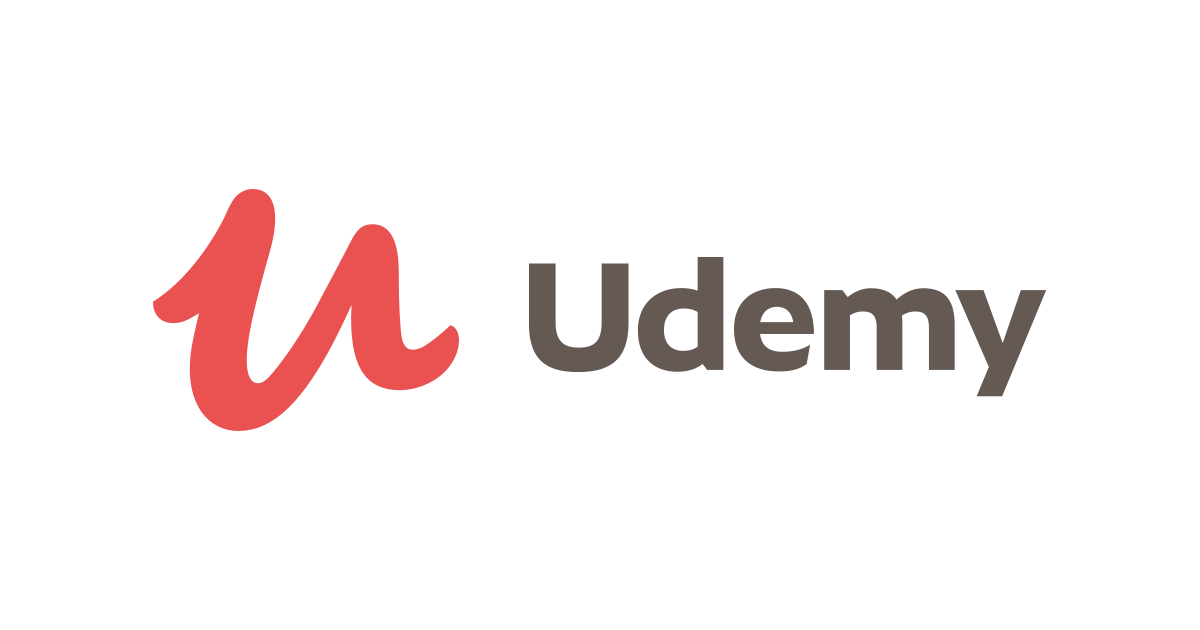
In the digital age, we must adapt or fall behind.
The Covid-19 crisis has highlighted the rising need for remote education and e-learning resources, with schools and learning institutes in lockdown around the world. While the viral pandemic is an extreme and temporary issue, this could happen on a smaller scale any time, anywhere.
Natural disasters, poor weather conditions, and energy blackouts are all factors that once stood firmly in the way of training and education. However, in the modern age, people expect to be able to learn at home. Learning institutes resistant to embracing the e-learning revolution may be placing themselves at a serious competitive disadvantage, and doing a disservice to their students at the same time.
To fully understand whether e-learning is a fad or a must-have feature of a learning institute, let’s take a look at the benefits and drawbacks of online education.
Benefits and Drawbacks of Online Education

30% of Americans in higher education are already enrolled in at least one remote course. This should come as no surprise, because there are many advantages to taking online courses. One point we’ve already considered is convenience. It’s far easier to attend a remote class from one’s own home than it is to travel elsewhere, and this also widens the market to people with disabilities and those living in remote locations.
Overhead costs for the learning institute are lower, and this allows you to pass savings on to students and make education more affordable for everyone.
Three Approaches to Offering Online Education
There are three main approaches when it comes to pivoting a learning institute to offering online education services. Several of these approaches come with drawbacks that you should be aware of before making a commitment — let’s take a look.
1. Offer Courses on Platforms Like Udemy or Coursera.

This is probably the most common approach for organizations branching out into e-learning and online education. These platforms have the advantage of brand awareness, but come with many well-known drawbacks for educators and students.
Because platforms like Udemy and Coursera charge a mark-up, students pay more to learn, and educators receive less. Educators also have a lack of control over the content, with very sparse customization options. Competition is also high on these sites.
Udemy does not allow educators and students to easily connect with each other off-platform, making it hard to monitor progress and retain students as customers. Finally, these platforms do not facilitate performance tracking for students or teachers, offering little room for the long-term improvement of the course material.
Udemy appeals to organisations looking to get a “cookie-cutter” course out there. If you don’t need to customize the material or develop student leads for future contact, it may suit your needs. However, most companies and educational institutes will find it lacking. It’s worth noting that Coursera and Harvard University have both offered courses for free during the coronavirus pandemic, highlighting the need for mainstream online education now more than ever.
2. Open-Source Learning Management System

A better alternative is to use an open-source Learning Management System (LMS) which allows video learning as well as commenting between students and teachers. Open-source LMS solutions are an improvement over platforms like Udemy and Coursera for a number of reasons.
It’s possible to save money by taking this approach, provided you have expert advice on how to implement your LMS. The lack of built-in technical support is a major drawback, and any interruption in an important course or training program can have serious consequences.
Organizations taking this route without expert advice may be unaware of added costs of hosting, customization, and upgrading the content. While these costs aren’t necessarily prohibitive, it’s important to be aware of them and plan accordingly.
Unfortunately, these platforms are limited in terms of the level of customization on offer. They lack features such as a report dashboard to allow you to track student and teacher performance, crucial metrics to any organization attempting to optimize their learning program.
3. Create Your Own Elearning Website

Creating your own e-learning website or e-learning app allows you to deploy AI and machine learning automation when tracking key optimization metrics. Building an online learning website of your own means you can automatically gather important data and gain valuable insights into what aspects of your courses need improvement. This will allow you to continuously optimize learning materials, teaching techniques, and user experience indefinitely.
The benefits of using machine learning in e-learning include:
- Custom user experience through targeted learner profiling
- Virtual instruction through chatbots
- Reskilling employees with personalized content
- Efficiency through predicting learner engagement
- Constant optimization throughout product lifecycle
If you create an e-learning website, you’ll have access to student contact details. If someone suddenly drops out of a course, you can follow up with them to make sure they’re no longer interested. You can also reach out with new courses that may be of interest. You’ll also have access to technical support from the very people who made your solution, whether you have in-house developers or outsourced staff.
The main drawback to this approach is that it can seem quite daunting. How does one begin? Typically, the most cost-effective use of your resources will be to out-source development, but you should always conduct a cost/benefit analysis to determine this for yourself.
The languages normally used to develop these apps are React JS, and HTML or CSS (front-end) and Node JS and Lavarel (back-end). To build your own e-learning website, you’ll need engineers competent in these languages.
If you don’t have the internal resources, outsourcing is the best solution.
Looking to the Future
If you do decide on outsourcing to build a custom LMS or e-learning portal project, Xenia Tech has the answer. We’re currently developing these solutions for UK and EU companies and e-learning organizations, and we’d be happy to walk you through our process and our results to date.




